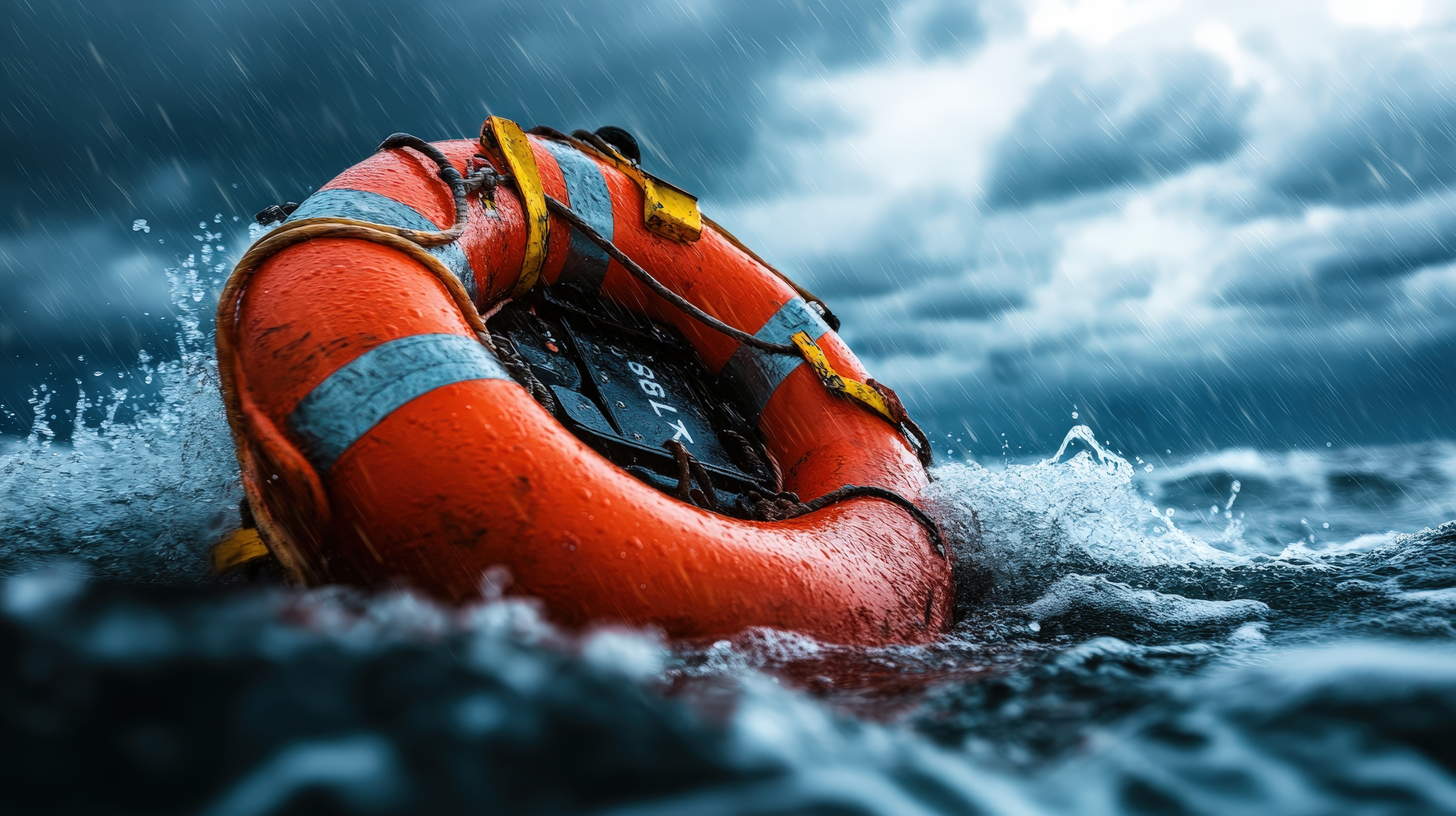
What recourse, if any, does a Jones Act seafarer have when a vessel owner is bankrupt? Naturally, claimants look for any deep pocket, including available insurance. One creative claimant tried to directly sue a London-based P&I insurer. Specifically requesting the court fashion, a new admiralty rule allowing a Jones Act seafarer the right to sue their defunct employer’s P&I insurer. However, the existence of Louisiana’s direct-action statute (which places the insurer in the shoes of the insured for litigation) ultimately proved dispositive as the court declined Claimant’s request for a new admiralty rule.
The request came in Marriner v. Talos Petroleum as Claimant’s suit did not meet the express criteria for Louisiana’s direct-action statute. According to Claimant, the US Supreme Court granted the district court the authority to fashion a new federal admiralty rule under, Wilburn Boat v. Fireman’s Fund Insurance Co. Wilburn Boat is something short of an enigma of US federal admiralty law. It allows a federal district court to fashion a new admiralty rule if one does not exist but is needed. With the analysis comes a strong preference for application of state law than creating a new rule of law. Claimant’s request was simple: Can a Jones Act seafarer sue their employer’s P&I insurer directly when the vessel owner is bankrupt? After a survey of the courts nationwide, the Marriner court found four other courts addressed this topic.
The Sixth Circuit found a rule necessary to protect a class of seafarers in an occupational disease case but found the “pay to be paid” policy language prevailed. In Aasma v. American S.S. Owners Mutual the class of seafarers sought recovery for asbestos exposure directly against two IG P&I Clubs as the insureds (vessel owners) ceased to exist. Noting Jones Act seafarers typically are a judicially protected class and the unique maritime nature of the IG Clubs involved, the court found a narrowly tailored rule necessary under Wilburn Boat. However, the “pay to be paid” language in the Club wording ultimately prevailed. Typically, occupational disease cases are long tail in nature, with the onset of symptoms often arising years after exposure. This delay meant the vessel owners never paid on these claims due to the bankruptcy and the court found the Clubs were not bound to start. Interestingly, the Aasma court took it one step further and compelled part of the class to London arbitration under one Club’s rules.
The Marriner court found the remaining three courts unpersuasive. One federal district court in Guam, Heikkila v. Sphere Drake, compelled London arbitration against a P&I insurer, essentially adopting Aasma’s findings. The remaining two cases, from the Ninth and Eleventh Circuits, posed much different fact patterns. The Ninth Circuit case, Kieran v. Zurich, concerned the claim of a recreational boater. The Eleventh Circuit case, Steelmet v. Caribe Towing, concerned two insurers claiming against one another. Neither of the final two cases boasted a judicially protected class nor were they uniquely maritime in nature, so both courts deferred to existing state regulation of marine insurance.
With these cases analyzed, the Court declined Claimant’s creative request for a new admiralty rule. Wilburn Boat mandates strong deference to state regulation of marine insurance. Conversely this presented the issue of one Jones Act seafarer for a single injury, not a class of seafarers harmed over the course of years on various vessels. That difference saved the P&I insurer as Louisiana already had a direct-action statute on point. Claimants will have to come up with other avenues or venues to pursue recovery against bankrupt vessel owners.




